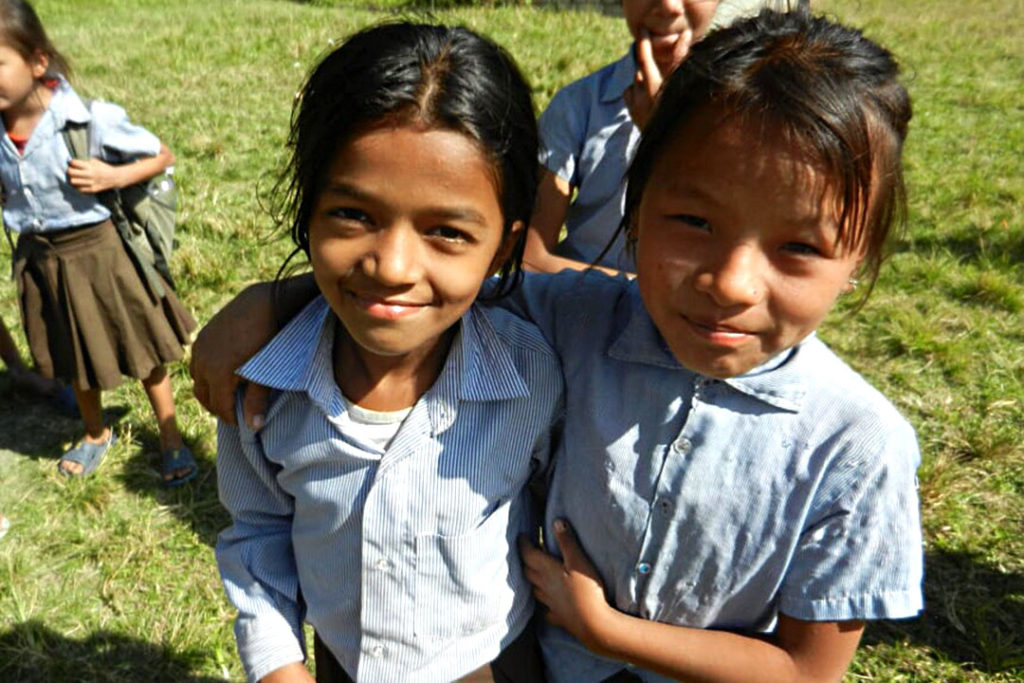
In the fall of 2012, during my senior year of high school, I was in the district of Lamjung, Nepal, together with two classmates and representatives from the Women Self Help Center. The trip was a part of a school project together with Save the Children, Sundsvall, and we visited 10 schools in the district during our three weeks there. I remember spending a lot of time on the small roads between different villages, sitting on buses or waiting on the next that would take us along the “dancing roads”. If you have ever been on a bus going along a small dirt road between villages in the mountains, then you will know what I mean. There is a reason why they’re called the “dancing roads”.
Back in Sweden we took every opportunity to share our experience with others, but eventually the project finished and life went on. We graduated in the spring and our visit to Nepal felt far away. Sure, we talked about somehow continuing the project, but life happened.

About three years after the project, we learned that a devastating earthquake, followed by several aftershocks, had hit Nepal. The mountainous area we had visited, Lamjung, is located just a few kilometers from the epicenter, and many of the villages we had visited were greatly affected. Our friends and colleagues in Lamjung described to us destroyed houses and roads, and families with no homes left. Many of the students we met during our visit would no longer have a school to go to the next day.
Every single thought, idea and dream we had developed during all those hours along the dancing roads three years earlier came rushing back. The idea of Education Nepal had been with us for a long time, and within a few weeks, we decided to make it a reality. On February 25th 2016, we received the official proof of registration.
Since then, we have together provided Alaiche Kedar Primary School with five new classrooms; contributed to local entrepreneurs and villagers have been educated in earthquake resistant technology; financed several educational opportunities about menstrual health and hygiene; and sponsored a female entrepreneur’s education in construction and entrepreneurship.
I would like to express sincere gratitude to all of our sponsors. Thank you to Peritas AB, our very first sponsor, for believing in our ability to make our idea into reality. Thank you to Bergafjärden Invest, Christian Beijer, Ole Lynggaard, Facio, Blickst, Valmet, Hannah Vestberg Design and Ramirent. Thank you to Nordea, Bilhallen, and last but not least, Wilhelm Vintilescu.
This wouldn’t have been possible without you, and we look forward to seeing what else we can accomplish together in the coming five years.
Nicole Ruda, Founder/President